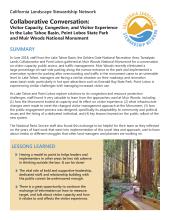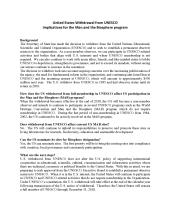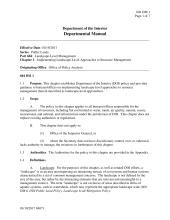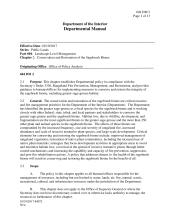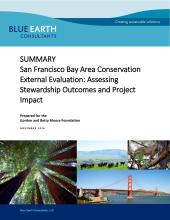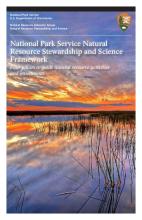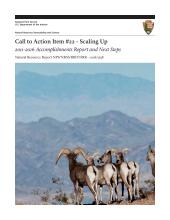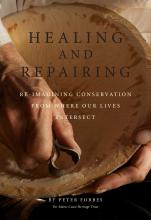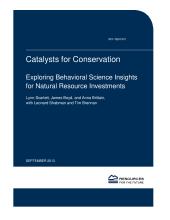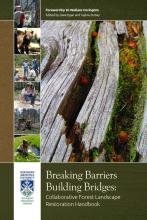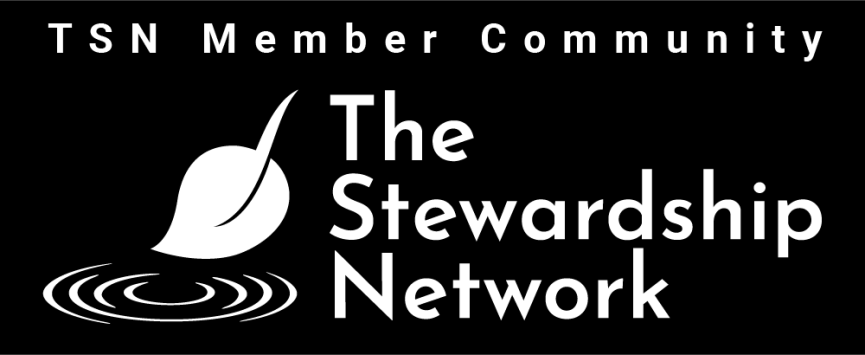- Details
-
In June 2018, staff from the Lake Tahoe Basin, the Golden Gate National Recreation Area, Tamalpais Lands Collaborative and Point Lobos gathered at Muir Woods National Monument for a conversation on visitor capacity, public access, and traffic management. Muir Woods recently eliminated a large percentage of road-side parking along the narrow entrance to the park and implemented a reservation system for parking after overcrowding and traffic in the monument came to an untenable level. In Lake Tahoe, managers are facing a similar situation on their roadways and recreation areas basin-wide, particularly in hot spot attractions such as Emerald Bay State Park. Point Lobos is experiencing similar challenges with managing increased visitor use.
As Lake Tahoe and Point Lobos explore solutions to its congestion and resource protection challenges, staff found it very valuable to learn from the approaches used at Muir Woods, including (1) how the Monument looked at capacity and its effect on visitor experience, (2) what infrastructure changes were made to meet the changed visitor management approach at the Monument, (3) how the public engagement process was designed, specifically its adaptability to community and political issues and the hiring of a dedicated individual, and (4) key lessons learned on the public rollout of the new system.
- Details
-
The Secretary of State has made the decision to withdraw from the United Nations Educational, Scientific and Cultural Organization (UNESCO) and to seek to establish a permanent observer mission to the organization.
- Details
-
This chapter from the Department of Interior (DOI) Manual establishes policy and provides guidance to bureaus/offices on implementing landscape-level approaches to resource management. It highlights the need to meaningfully coordinate with diverse stakeholders, consider actions and implications at multiple scales, take integrative and interdisciplinary approaches to landscape management, and improving resilience by working at landscape scales.
- Details
-
This chapter from the Department of Interior (DOI) Manual establishes Departmental policy in compliance with the Secretary’s Order 3336, Rangeland Fire Prevention, Management, and Restoration, and provides guidance to bureaus/offices for implementing measures to conserve and restore the integrity of the sagebrush biome, including greater sage-grouse habitat.
- Details
-
The overarching goal of the Bay Area conservation portfolio is to protect and preserve native habitat and species in the Bay Area. The Gordon and Better Moore Foundation promotes conservation and protection of Bay Area land and achieves its overarching goal through supporting projects throughout 10 counties: Alameda, Contra Costa, Marin, Napa, San Francisco, San Mateo, Santa Clara, Santa Cruz, Solano and Sonoma.
In September 2015, the foundation saw the value in an external evaluation that would seek to answer two difficult questions: assessing stewardship outcomes and variability for local lands protected with Moore Foundation funding, and determining the impact of enabling intervention funding. The foundation hired Blue Earth Consultants, LLC (Blue Earth) to conduct the evaluation. Blue Earth served as the prime contractor and led a multi-disciplinary team including sub-contractors Jenn Fox, Jodi M. McGraw (Jodi McGraw Consulting), and Stuart B. Weiss (Creekside Center for Earth Observation). The following report summary includes a synthesis of the evaluation results organized in four main sections: 1) an overview of the evaluation objectives, questions, and methods used throughout the evaluation; 2) a discussion of the overarching impact of the portfolio; 3) a synthesis of results regarding stewardship outcomes achieved by land protection grants; and 4) a synthesis of results regarding the impact of enabling intervention grants.
- Details
-
This framework offers a forward-thinking rationale around which natural resource priorities and investments can be articulated, and provides a basis for current and future strategies. The framework recognizes actions that “hold the line”—those day-to-day natural resource activities in parks that managers must attend to—while embracing the need to equip and position the NPS for an increasingly complex and dynamic future. The framework identifies four pillars that guide the NPS to adapt and respond to continuous change, with a focus on long-term ecological integrity and viability:
- Holding the Line
- Managing amid Continuous Change
- Leveraging for Conservation at Scale
- Enhancing Stewardship and Science Access and Engagement
- Details
-
This report provides an overview and successes of C2A Item 22, and also includes invited papers from multiple authors that illustrate the truly collaborative nature of this endeavor as well as next steps as move for-ward into the NPS second century of stewardship and conservation of our nation’s protected lands and waters.
- Details
-
Healing and Repairing is a joint project with Maine Coast Heritage Trust to offer observations on a moment when much is evolving in the relationship between people and place in Maine, and to share an essay that respectfully stretches and encourages the hearts and minds of those who care about both. The audience for this essay is people everywhere who think, work and devote their lives to healthy soils, forests, oceans and people. This is a story mostly about Maine; hopefully people from other places will be able to see themselves and their situations within this story.
- Details
-
Scientific complexities and uncertainties, interconnections, and the need to coordinate across jurisdictions and scales challenge our ability to address environmental issues. These challenges and their solutions are linked to the attitudes, choices, and actions of individuals, families, communities, businesses, lawmakers, and nations. This report summarizes insights from multiple social and behavioral science research disciplines to shed light on environmental attitudes and corresponding behaviors. We define environmental behavior as the decisions and choices that (a) affect the efficient and effective use of natural resources; (b) reduce waste (energy, water, material, and so on); (c) reduce pollution; and (d) facilitate the management of terrestrial and marine ecosystems to restore, enhance, or preserve these ecosystems, their functions, and interconnected biodiversity.
- Details
-
Collaborative landscape-scale forest restoration on federally managed lands is an exciting, new public process designed to rescue dry, frequent-fire forest ecosystems through land management actions supported by science and social agreements. Such a complex, multi-perspective undertaking involves individuals, communities, organizations, federal and state agencies, and tribes. This handbook aims to serve as a bridge to the many individual and institutional barriers that collaborative groups may encounter in the process.


